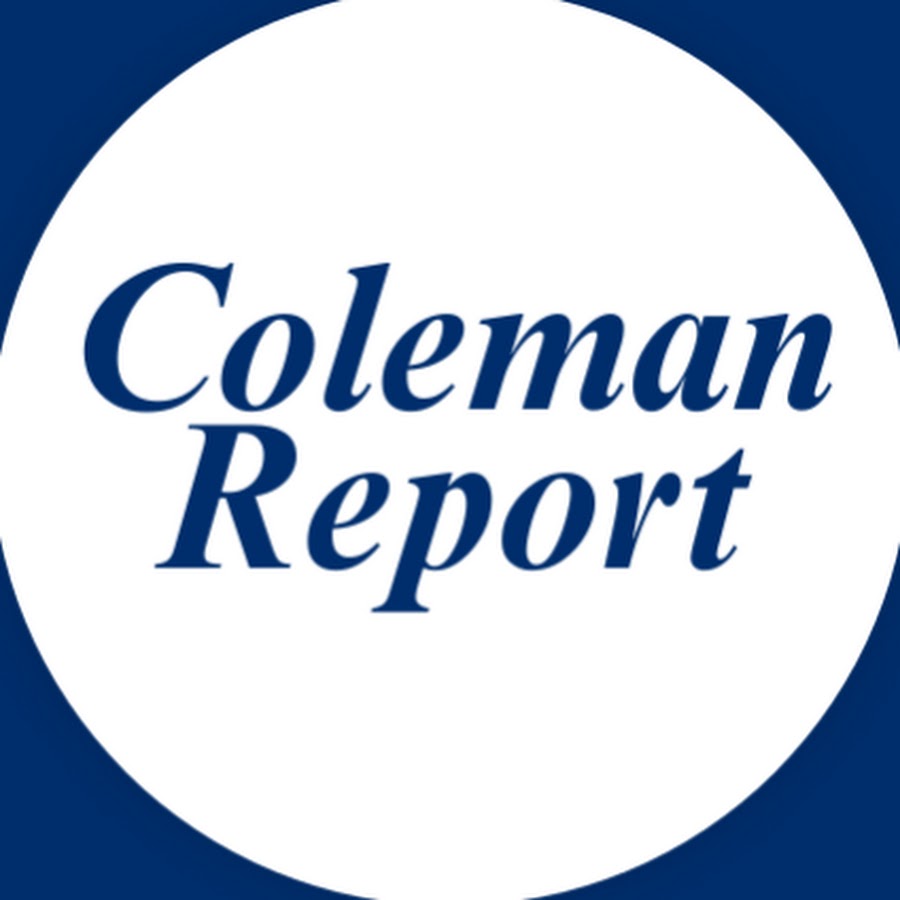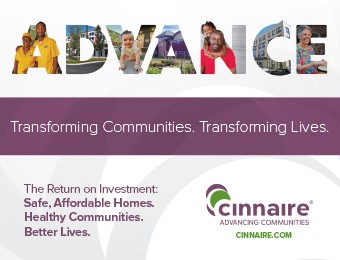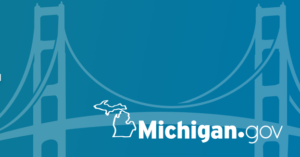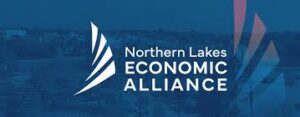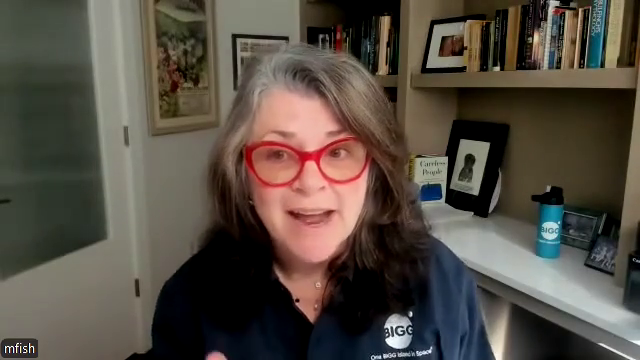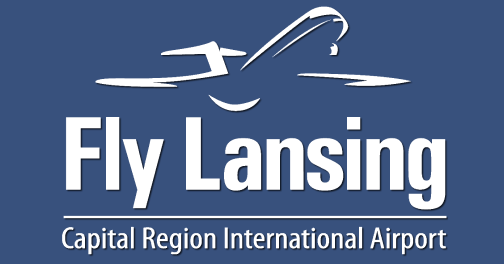Main Street Monday — Restaurant Lending Outlook: 2025 Brings Stability, but Beef Costs Up 12%
For lenders eyeing the restaurant sector in 2025, the narrative is shifting from crisis management to strategic opportunity—but with a few red flags worth noting.

Inflation Easing, Planning Horizons Expanding
The Federal Reserve projects core inflation at 3.1% for 2025, with further moderation expected into 2026–2027. June’s CPI showed just a 2.7% year-over-year rise, and food-at-home prices are forecasted to climb a modest 2.2%—below the 20-year average. For restaurant borrowers, this stability means better cost forecasting, improved margin control, and more bandwidth to reinvest in growth initiatives.
Commodity Pressures Still in Play
Not all inputs are behaving. Beef prices have surged 12% year-over-year due to drought-related herd reductions, high grain costs, and a temporary ban on imported Mexican cattle over parasite concerns. Lenders should be alert to operators with heavy beef exposure, as menu reengineering or sourcing flexibility will be critical for profitability.
Tariff Impact Softening
Tariffs are no longer the headline risk they were a few years ago. A temporary U.S.–China trade truce has eased uncertainty and boosted consumer sentiment. Many operators are mitigating cost pressures by pivoting to domestic sourcing, renegotiating vendor contracts, and tightening supply chains—all positive signs for cash flow stability.
Supply Chain Resilience Driving New Models
Restaurants continue to adapt through local sourcing, vertical integration, and sustainable farming practices, including hydroponics and urban agriculture. Casual dining brands are experimenting with prix fixe menus, bundled offerings, and tech-enabled service to maintain value perception while protecting margins. These operational pivots are important indicators of borrower agility—often a key determinant of repayment strength.
Bottom Line for Lenders
The sector is showing resilience and a renewed capacity for profitability. While inflation, tariffs, and supply chain challenges remain part of the landscape, the prevailing sentiment is cautiously optimistic. For lenders, 2025 offers a window to finance operators who demonstrate strong cost control, strategic flexibility, and a customer-first value proposition.
Source: Citizens Financial Group Restaurant Industry Insights, July 2025
Lender Risk Concerns
1. Commodity Volatility
Significant beef exposure without sourcing flexibility or menu adaptability.
Heavy reliance on other commodities with unstable pricing (e.g., seafood, coffee, specialty grains).
2. Supply Chain Dependence
Single-source vendors or lack of domestic sourcing options.
Minimal investment in local or alternative supply solutions.
3. Margin Pressure
Inability to renegotiate vendor contracts or adjust pricing without losing customers.
High labor costs without operational efficiency gains.
4. Capital Allocation
Borrowers using capital primarily for maintenance rather than strategic growth.
Lack of investment in tech-enabled service models or customer experience upgrades.
5. Market Position Risk
Overreliance on discretionary consumer spending in a tightening economic environment.
Weak brand differentiation in crowded casual dining segments.
SBA Insurance Compliance Under SOP 5010 8: Essential Requirements for Underwriters and Closers — Webinar 8/13
The updated SBA SOP 5010 8 introduces significant changes to insurance requirements for both 7(a) and 504 loans, placing heightened emphasis on lender compliance. A single oversight—such as a missing hazard, flood, or life insurance policy, or incomplete documentation in the credit memo or loan file—can lead to an SBA repair or even a complete denial of the guaranty.
Join Lance Sexton as he delivers key insights from the new SOP and recent SBA senior management guidance. Lance will provide lenders with actionable guidance on how to proactively and reactively comply with SBA’s insurance requirements to protect the guaranty.
Leverage ChatGPT to Analyze SBA Collateral and Write Professional Credit Memo Narratives — Webinar 8/20 & 9/4
SBA 7(a) collateral analysis and narrative preparation remain time-consuming, error-prone, and inconsistent across underwriting teams. With the new SBA SOP 50 10 8, lenders face expanded requirements for collateral valuation, lien documentation, and narrative support—all of which must be clearly presented in the credit memo. A poorly documented collateral section can lead to repairs, denials of guaranty, or costly buybacks.
Join our webinar to learn how to harness ChatGPT to perform SBA collateral analysis and craft compliant, thorough collateral narratives. Building on lessons from our Top 30 SBA Loan Exceptions webinar, you’ll learn how AI tools can help you proactively avoid the critical underwriting missteps that frequently invalidate SBA guarantees.
|
|
|
|
|
|
|
|
|
|


